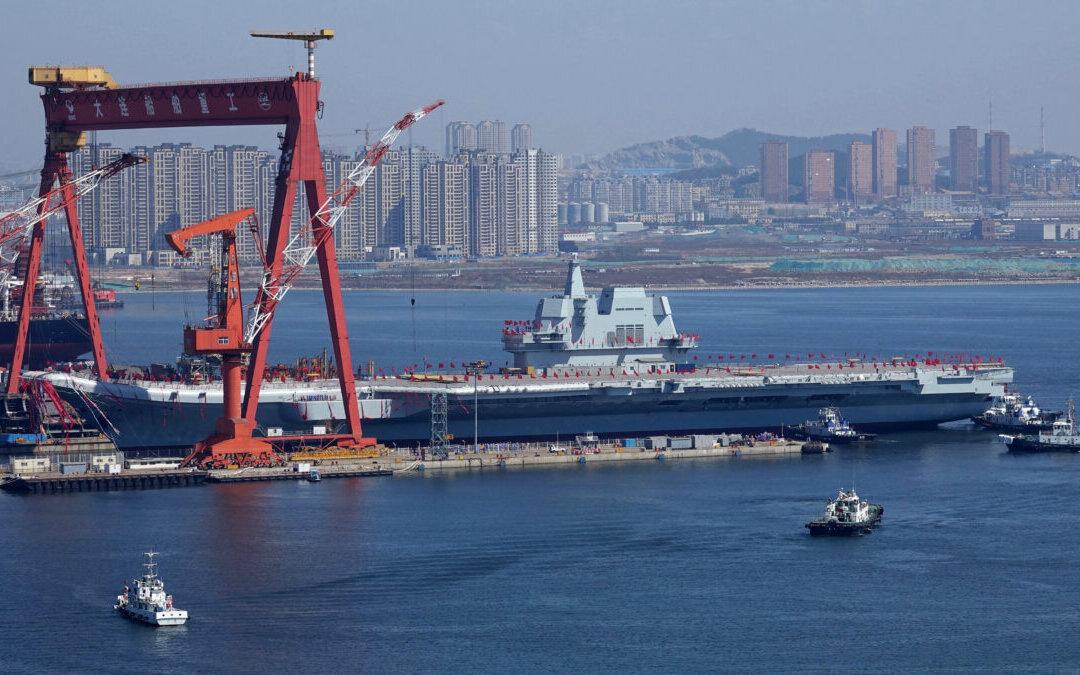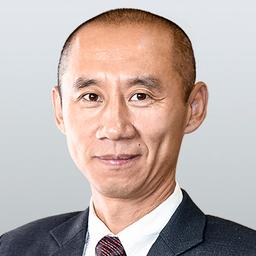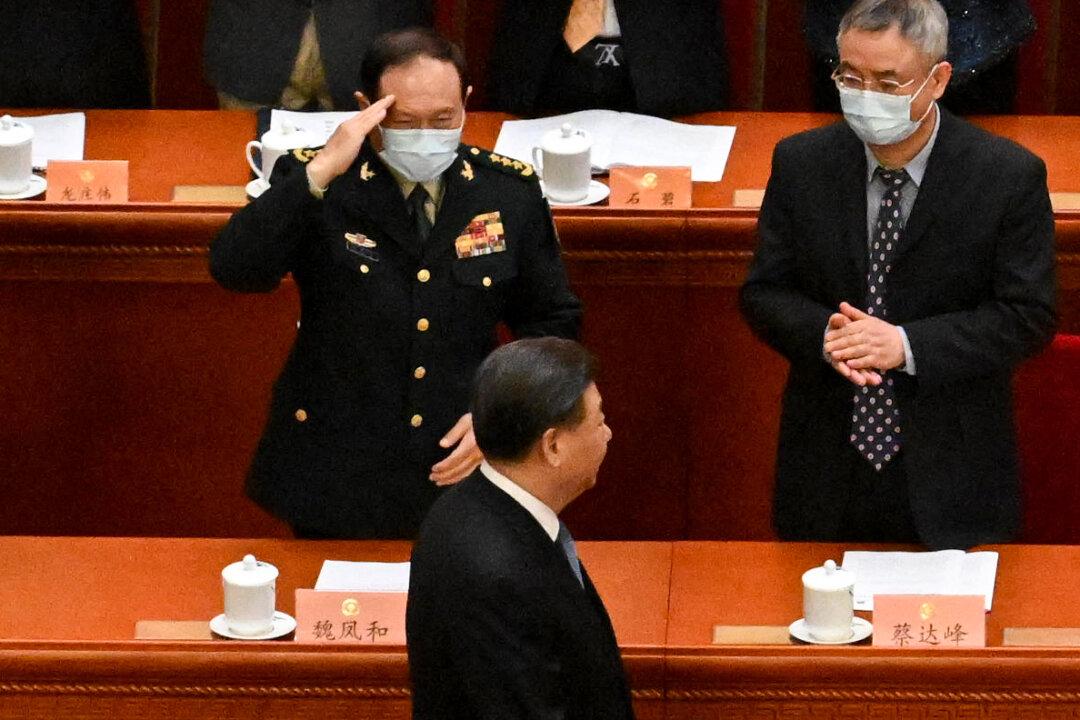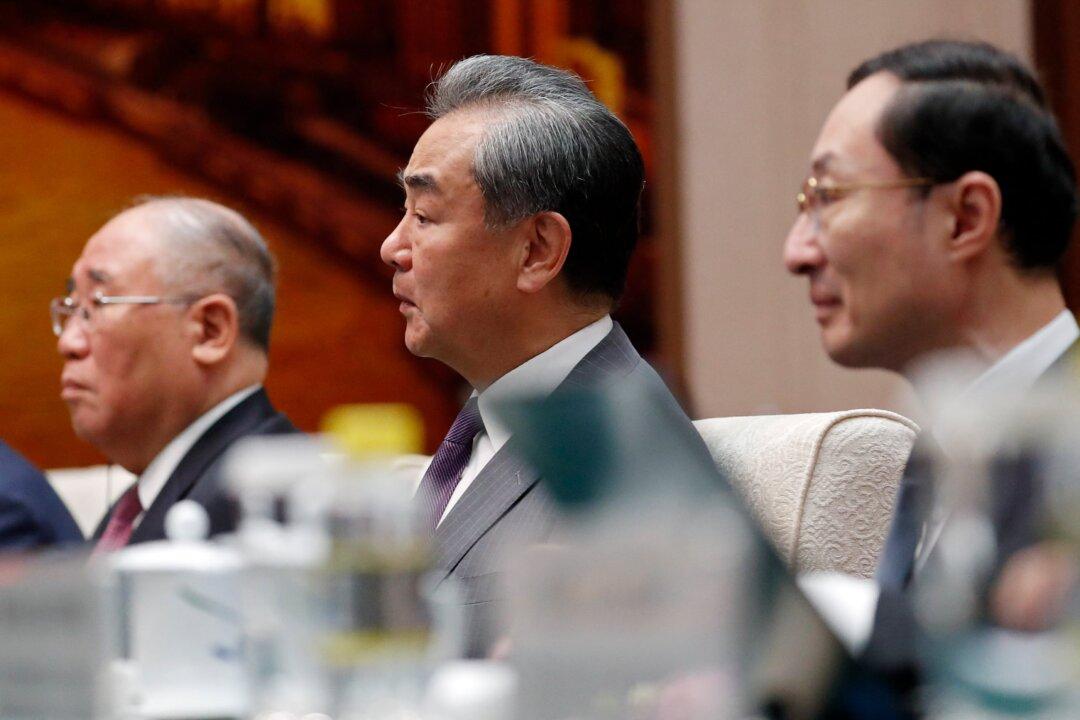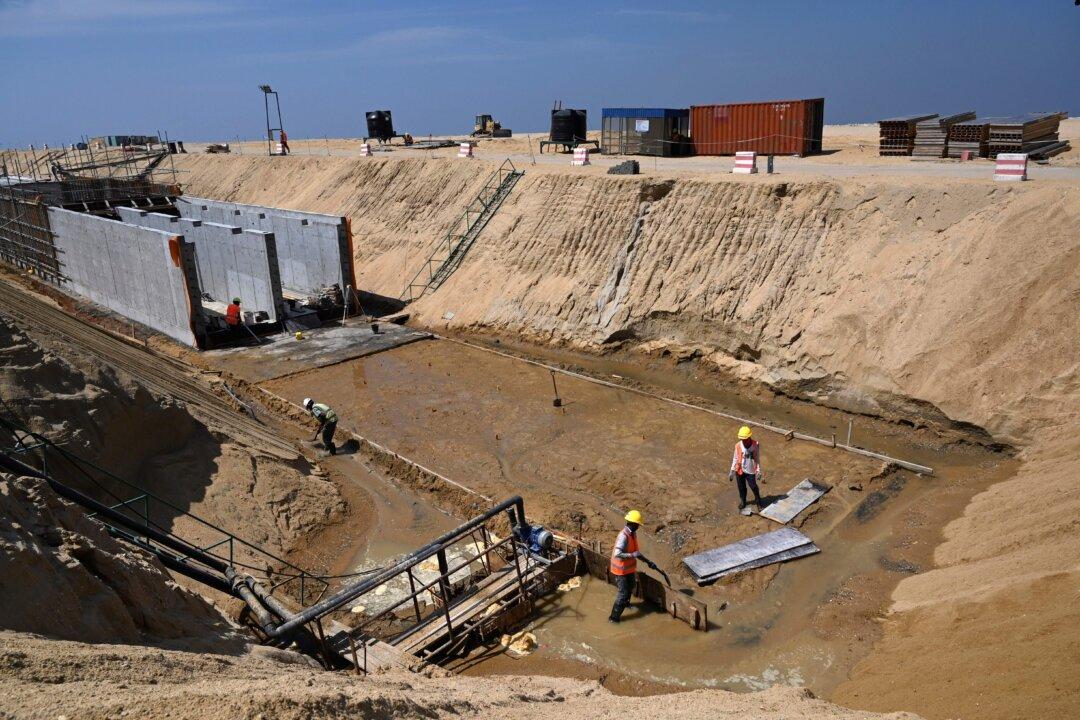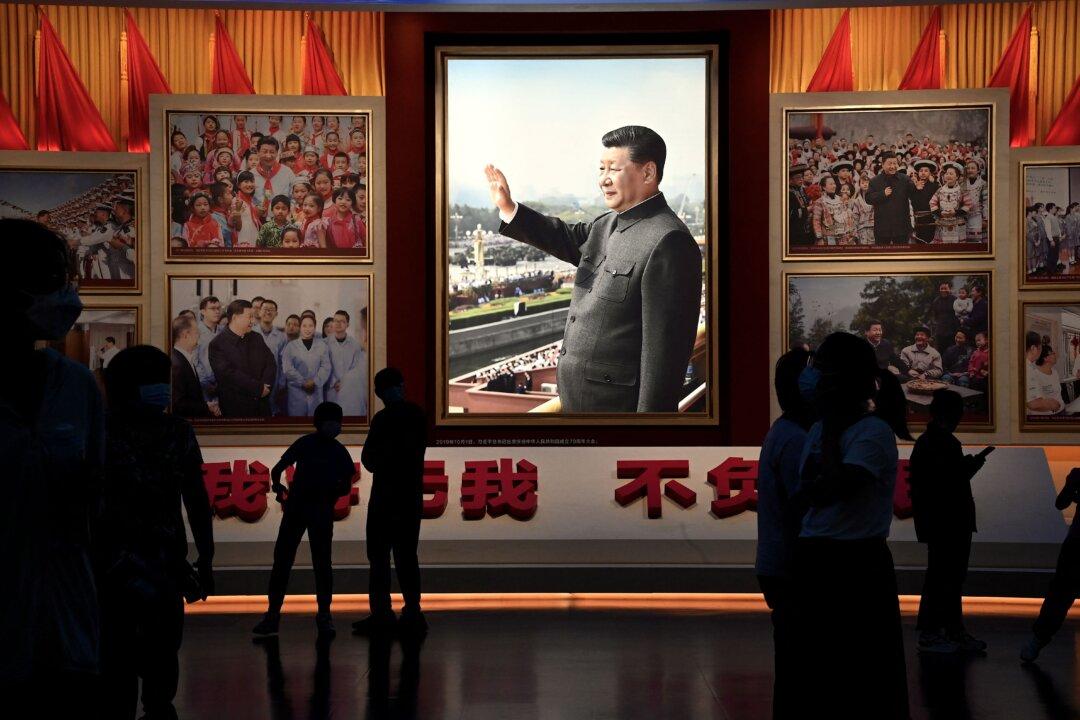Suspicions of espionage and corruption are rife in China’s military shipyards, with a handful of incidents in recent years pointing to key staff members.
Among those incidents was that of Li Jianming, chief accountant and deputy director of the 711 Research Institute of China State Shipbuilding Corporation (CSSC). Li suddenly “died while on business” at the age of 52, according to an obituary released by the 711 Research Institute on May 17, NetEase reported.
